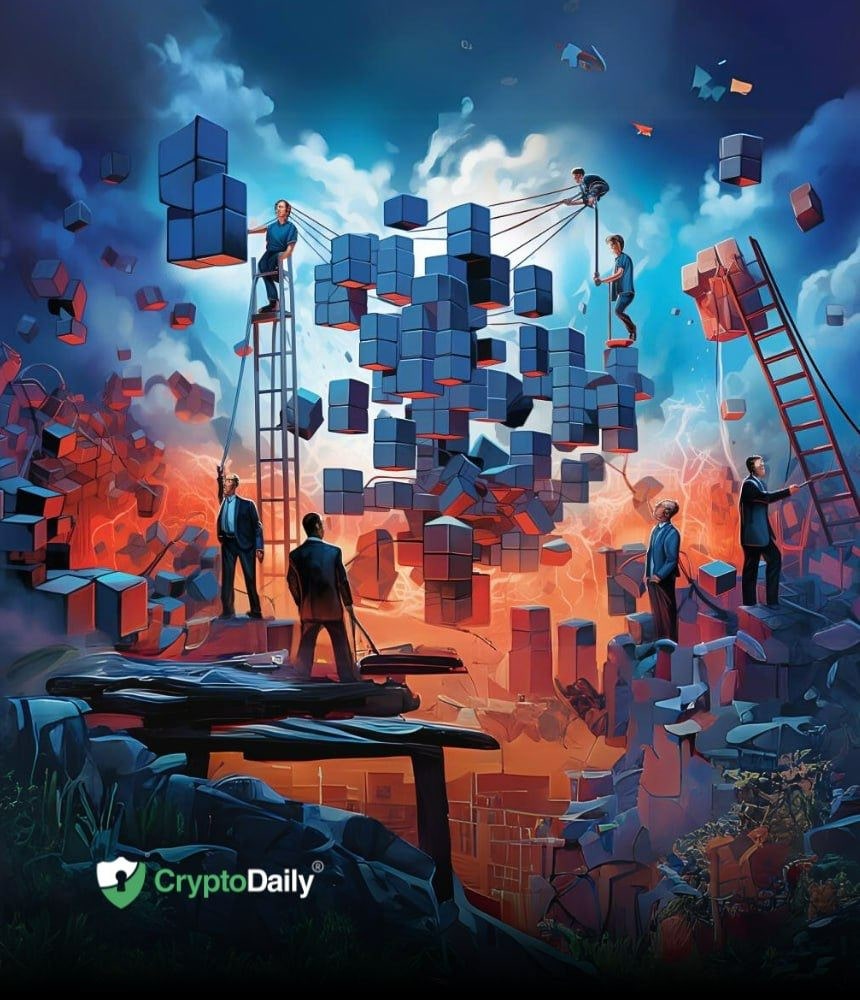

Top Blockchains To Build Web3 More Efficiently
The global blockchain ecosystem continues to expand with increasing demand, welcoming new platforms tailored for Web3-focused development. Developers, keen on enhancing traceability and transparency across various industries, are exploring blockchain’s inherent capabilities. As established networks evolve, here are the top blockchains paving the way for the creation of cutting-edge decentralized applications (dApps).
1. Horizen EON
Horizen EON, a fully EVM-compatible smart contract platform and Ethereum Virtual Machine (EVM) sidechain, entered the scene in 2023. Its rapid growth is attributed to zkSNARKs-enabled, permissionless, configurable, and interoperable cross-chain communications. Notable projects on Horizen EON include MetaMask, Snapshot, and ImmuneFi. The platform’s unique sidechain technology allows for scalable blockchains, handling tens of thousands of transactions per second. Horizen EON emphasizes comprehensive tooling, grants, liquidity, and a vast node network for security.
2. Radix
Designed for scalability and performance-centric dApp development, Radix introduces the Atom Model—a data structure enabling efficient data and transaction processing. Radix offers developers code reuse, standardization, and modularity, enhancing the creation of complex DeFi dApps with robust security against exploits. The Scrypto programming language and Radix Engine2 smart contract environment provide limitless, simple, and secure development. Radix’s on-network Developer Royalties scheme and Cerberus consensus system contribute to rapid dApp scaling.
3. Ethereum 2.0
Ethereum, the pioneer of smart contracts, underwent a significant evolution with Ethereum 2.0, transitioning from Proof-of-Work to Proof-of-Stake. This shift promises enhanced scalability and reduced energy consumption. Ethereum’s upgraded network aims to provide developers with a more fluid and responsive user experience, increased interoperability, and a massive community actively contributing to its progress.
4. Solana
Solana focuses on everyday usage, emphasizing energy efficiency, speed, and cost-effectiveness. Using Proof of Stake and innovative Proof of History, Solana ensures faster validation. Built on the RUST programming language, Solana employs Byzantine Fault Tolerance for system reliability. Features like Gulfstream, Sealevel, and Cloudbreak contribute to scalability, smart contract support, and efficient transaction throughput.
5. Polkadot
Polkadot revolutionizes inter-blockchain communication, enabling seamless data sharing and chain collaboration. The Substrate framework allows developers to create custom blockchains with interoperability and security. Key features include low building costs, shorter time to market, upgradability, and Nominated Proof-of-Stake consensus. Polkadot’s community-driven development and governance system, along with the Polkadot Developer Heroes program, make it an adaptable platform for diverse applications.
In the quest for an efficient blockchain aligned with specific project needs, developers should consider features that address their requirements. While no one-size-fits-all solution exists, exploring the blockchains outlined in this article can significantly streamline the research process.
Disclaimer: This article is for informational purposes only and is not intended as legal, tax, investment, financial, or other advice.
PAN Card Application Process: A Complete Guide A Permanent Account Number (PAN) Card is an…
Meet Samuel Edyme, Nickname - HIM-buktu. A web3 content writer, journalist, and aspiring trader, Edyme…
Violet & Daisy, a captivating action-comedy directed by Geoffrey Fletcher, revolves around the lives of…
MBC's latest release, the trailer for episode 5 of "Wonderful World," showcases the captivating performances…
Deadpool 3 & Wolverine Super Bowl Trailer Easter Eggs The Deadpool 3 Super Bowl trailer…
The Nagi Nagi no Mi is a Paramecia-type Devil Fruit with the unique ability to…